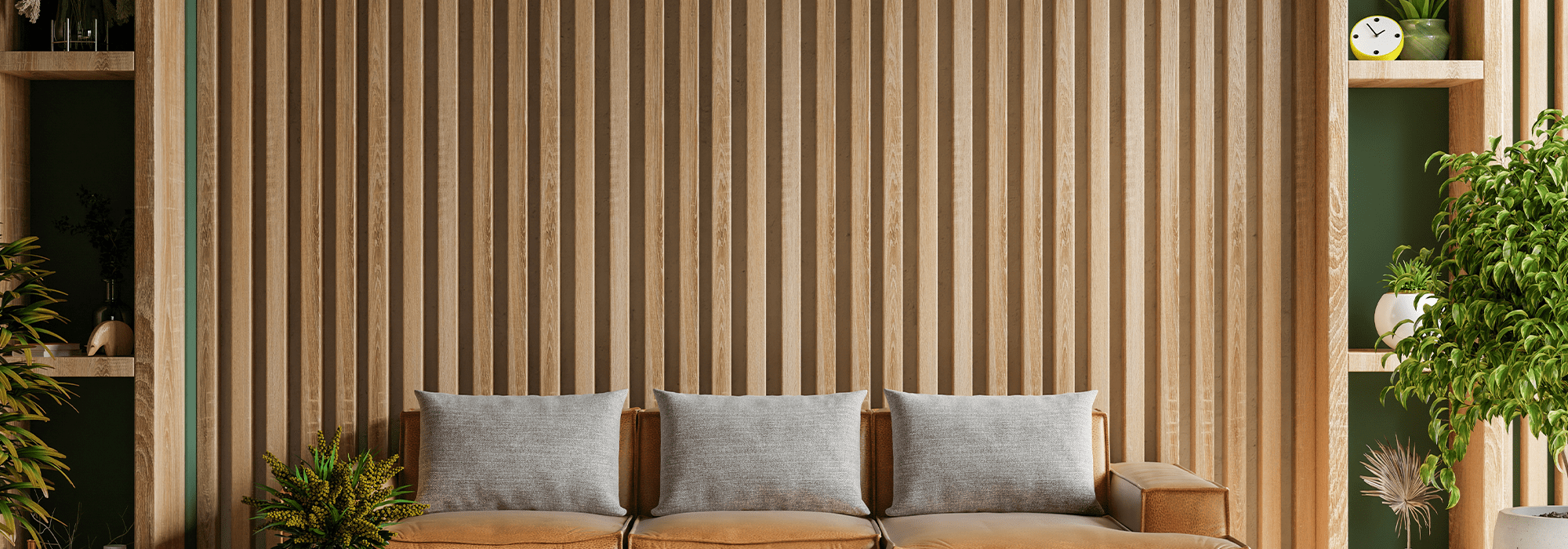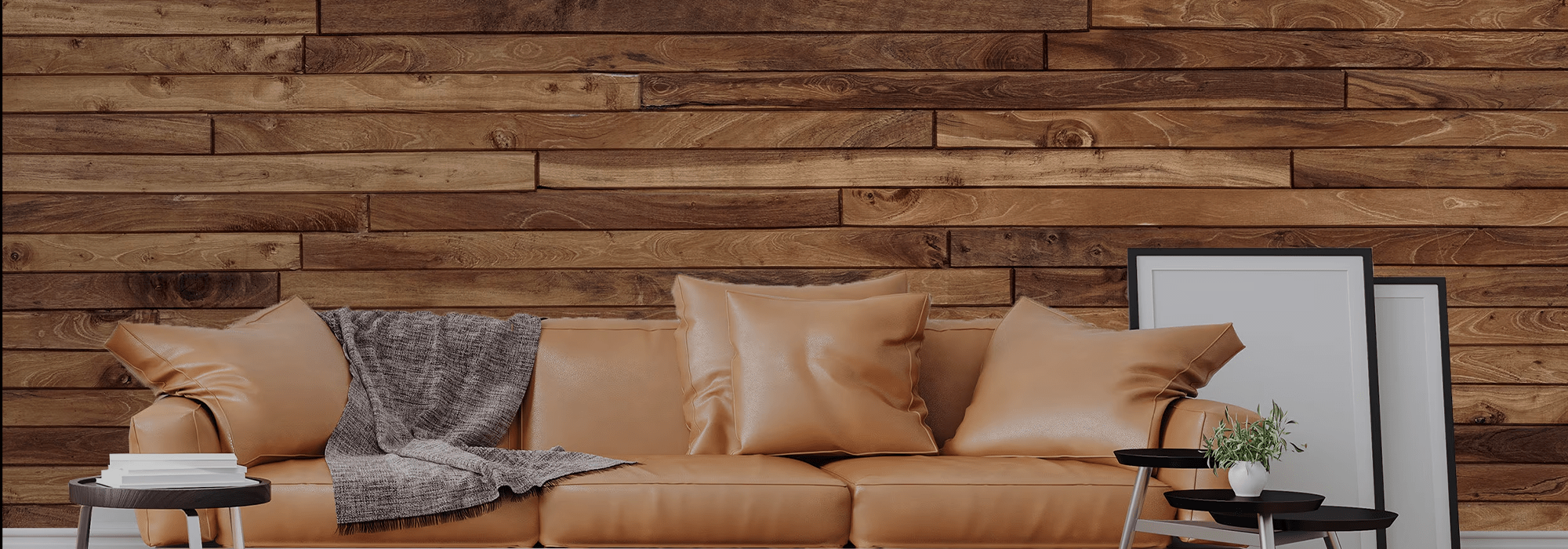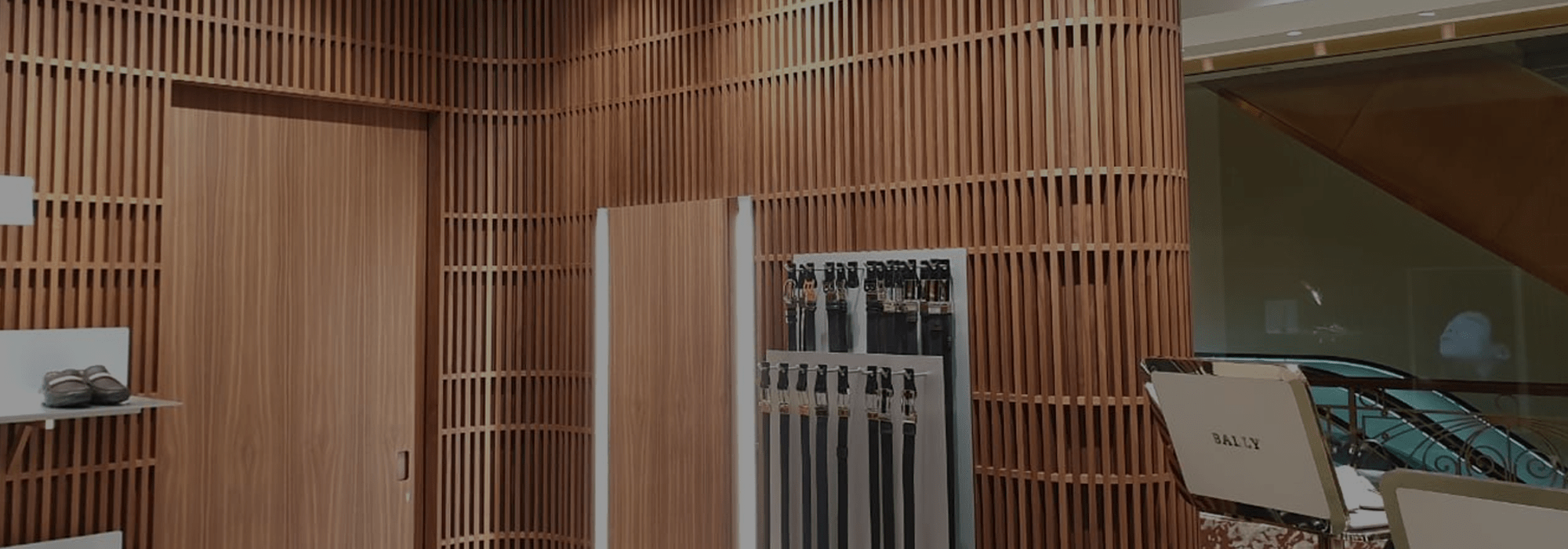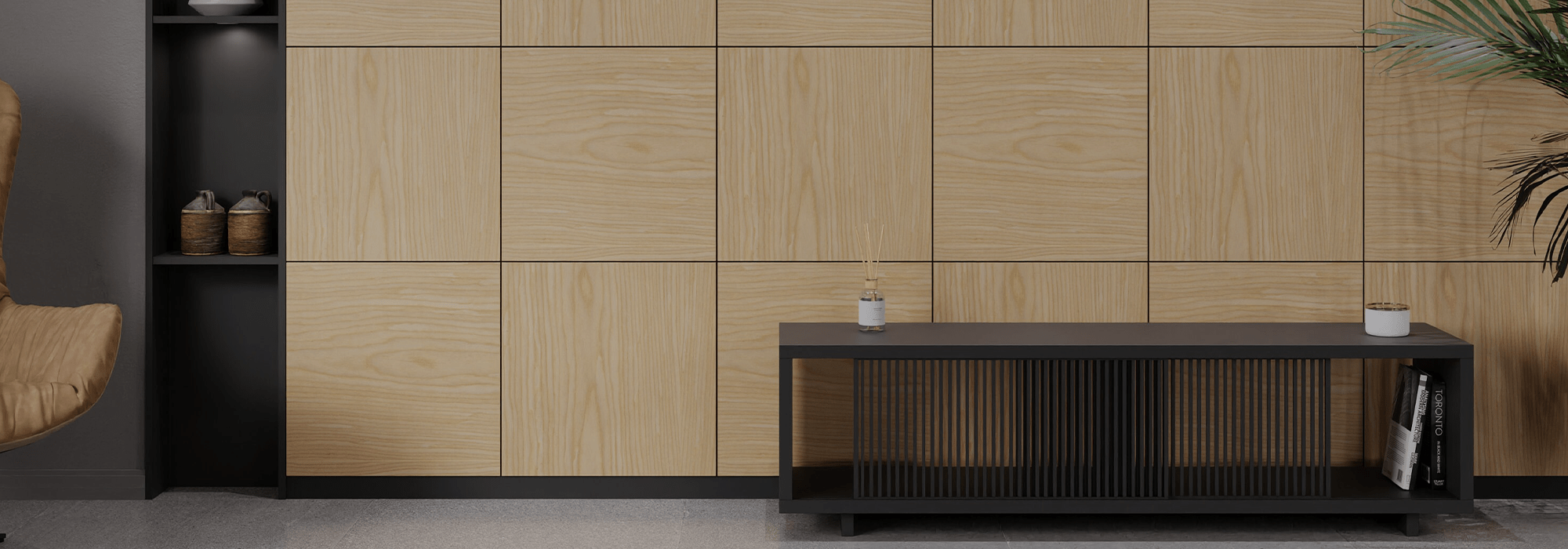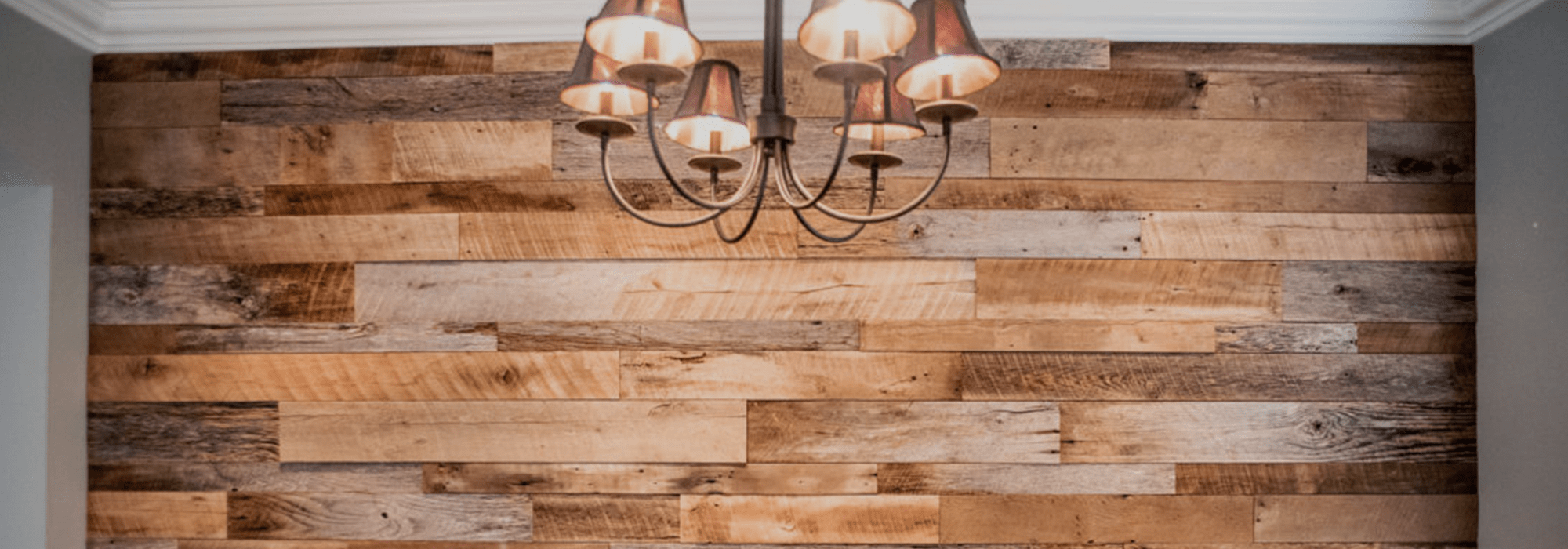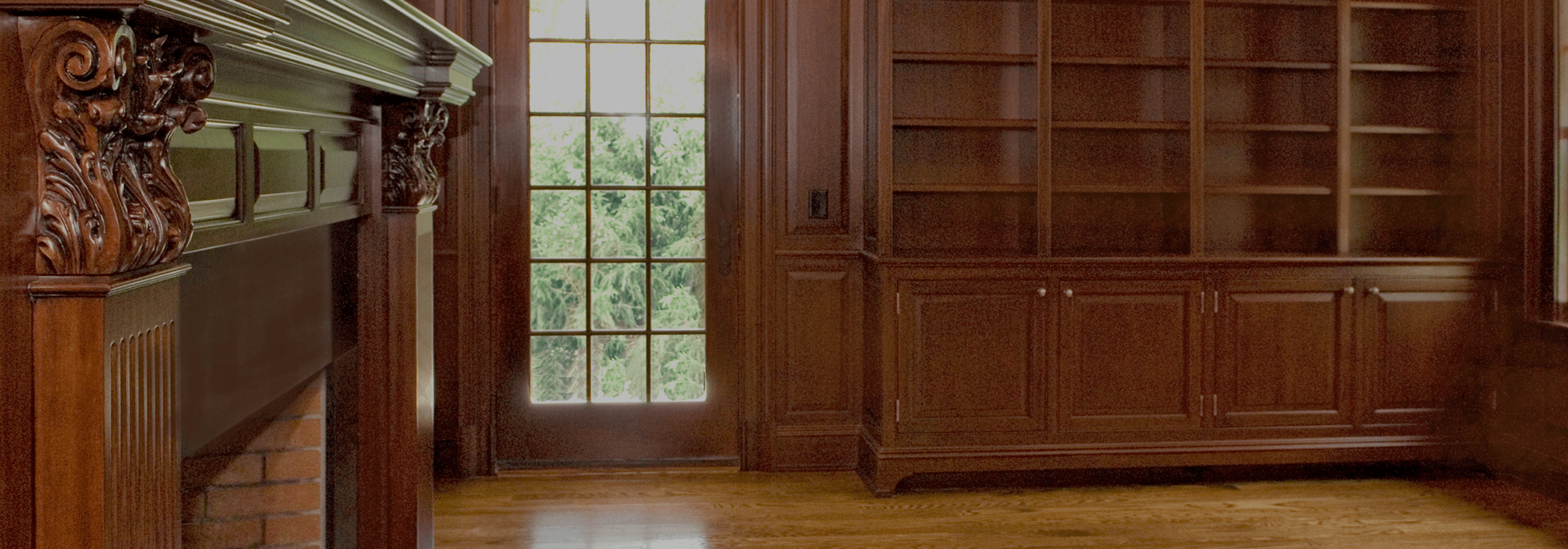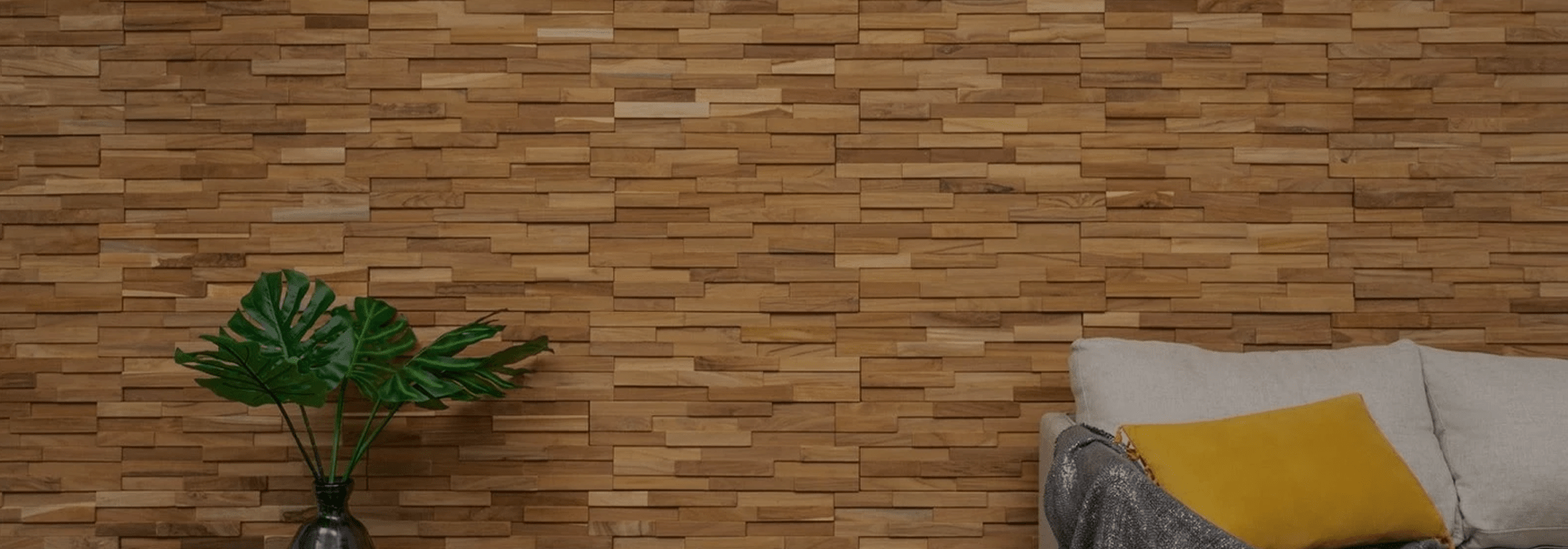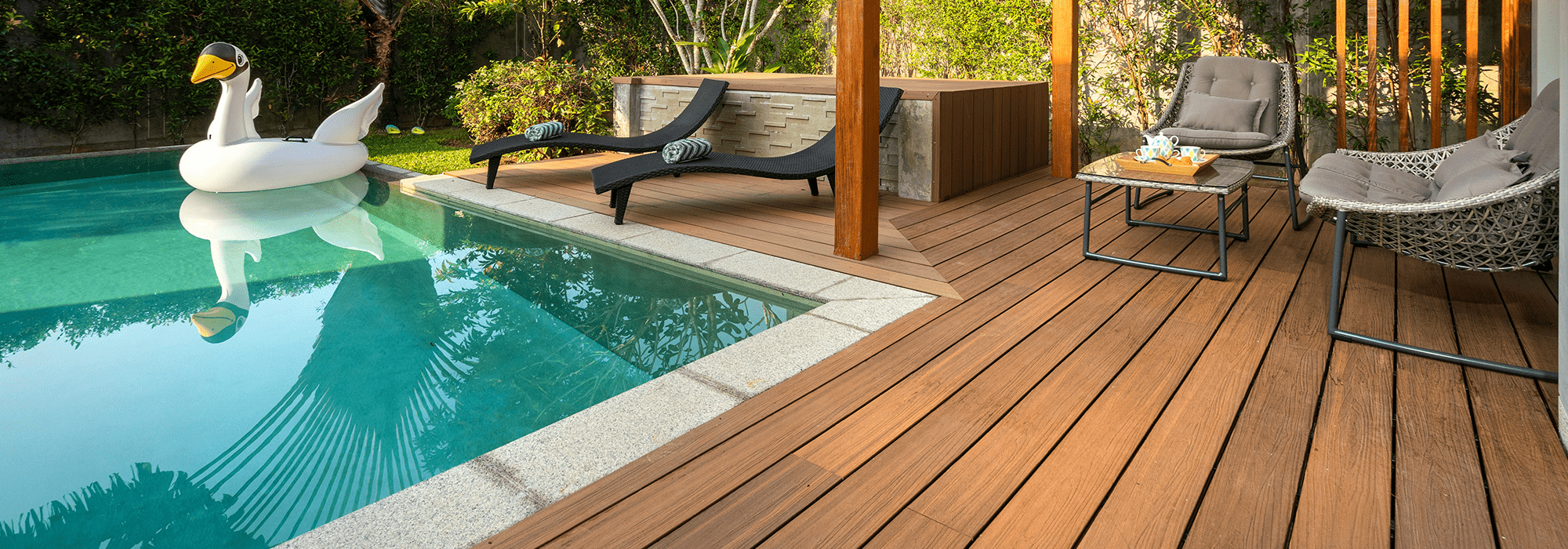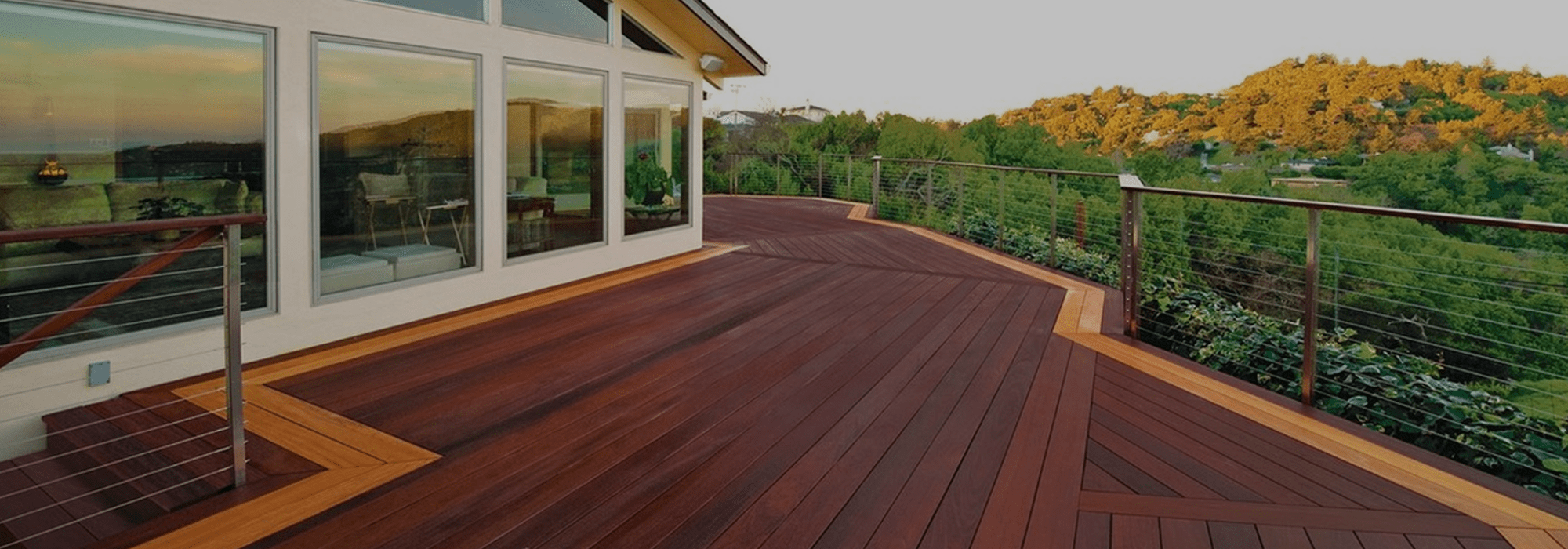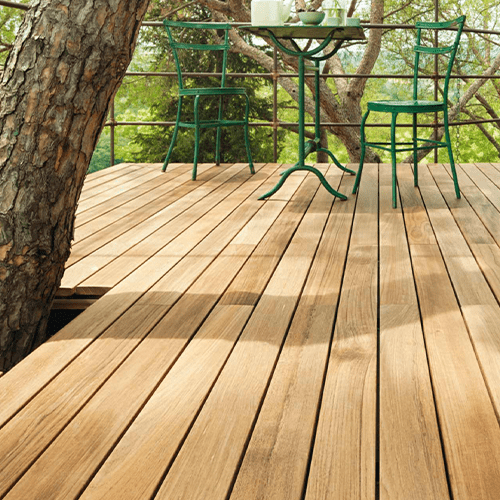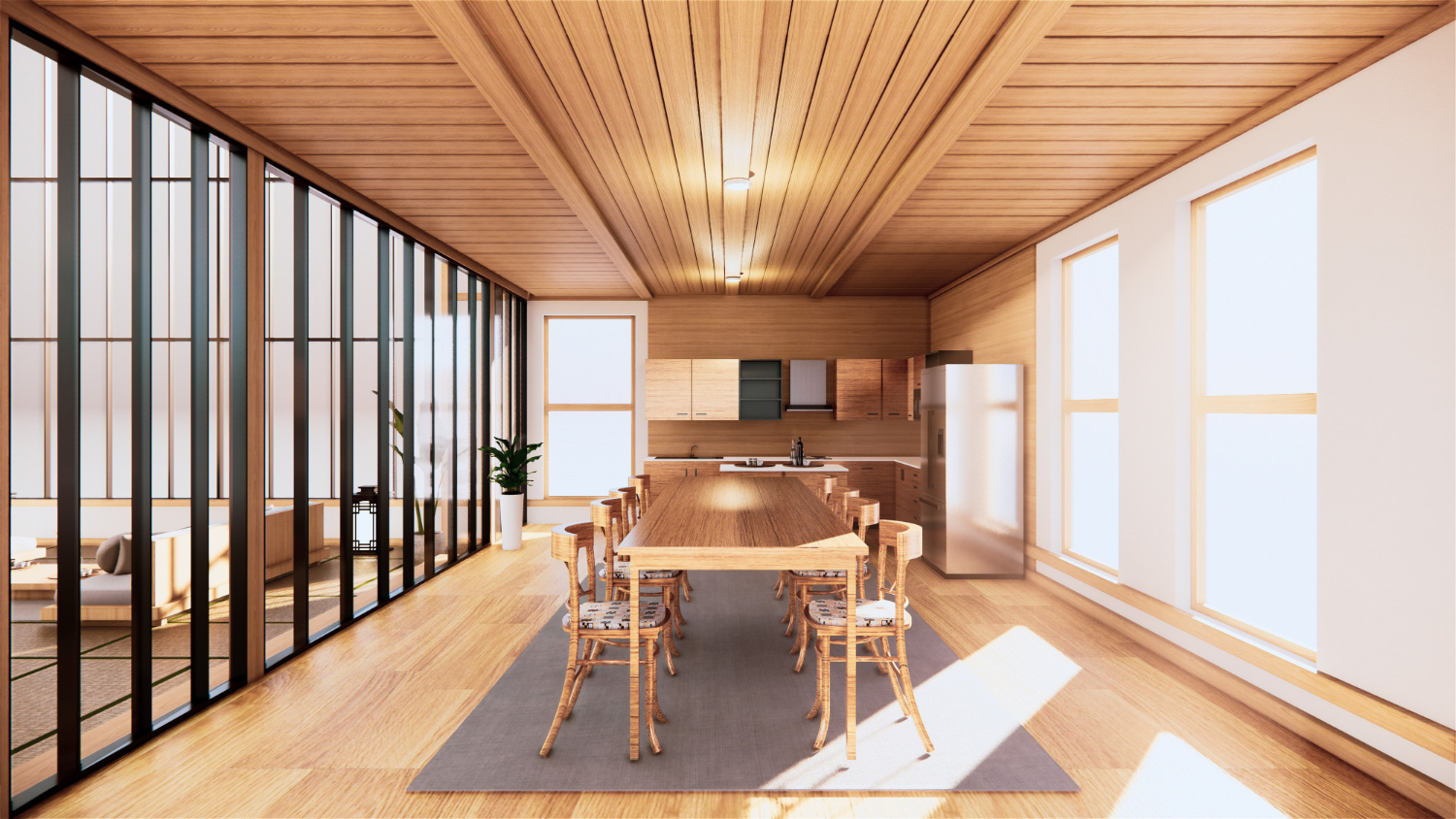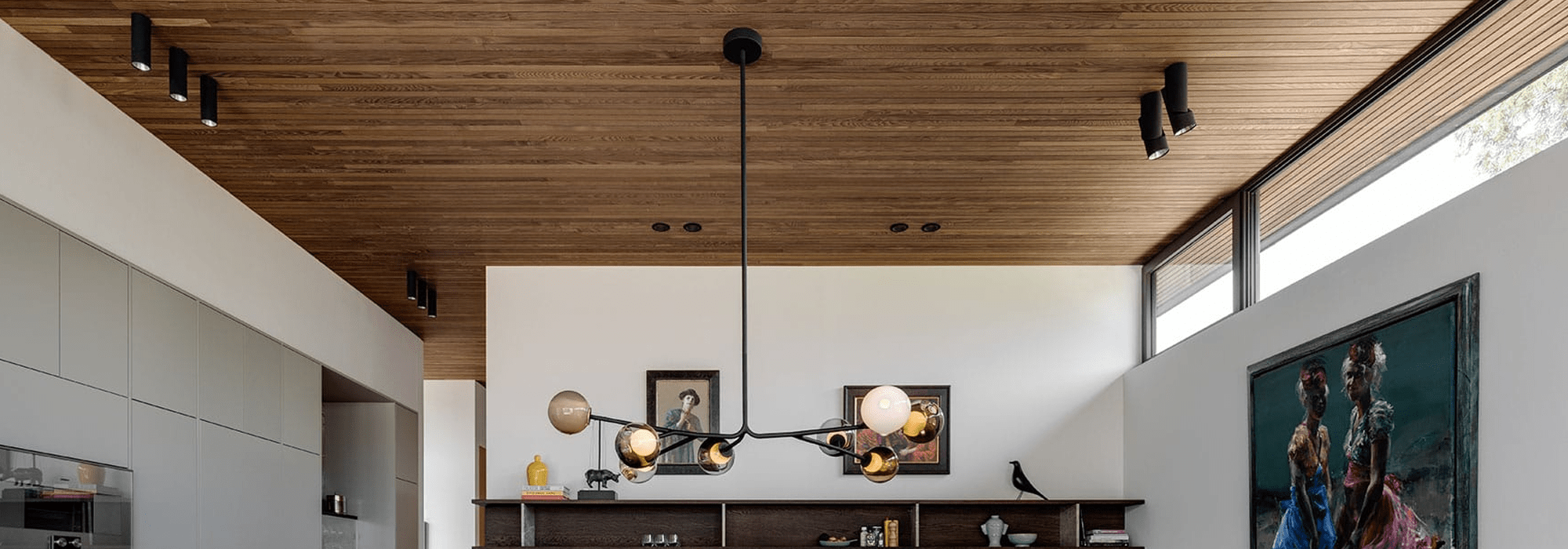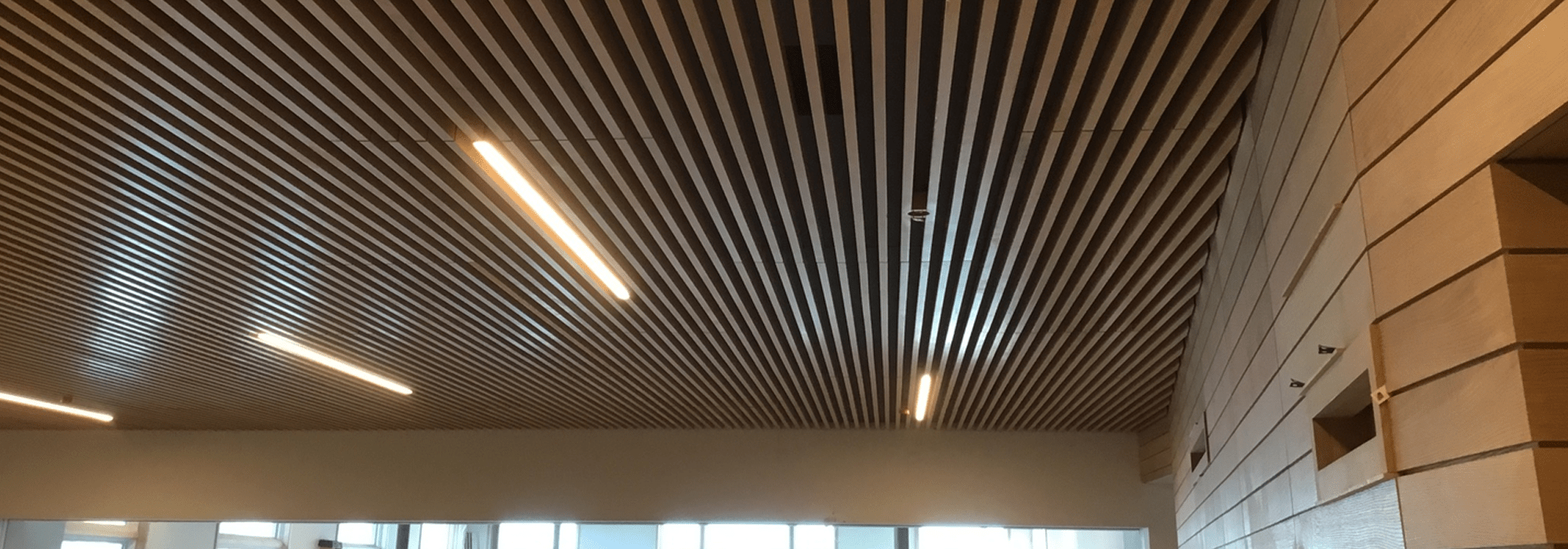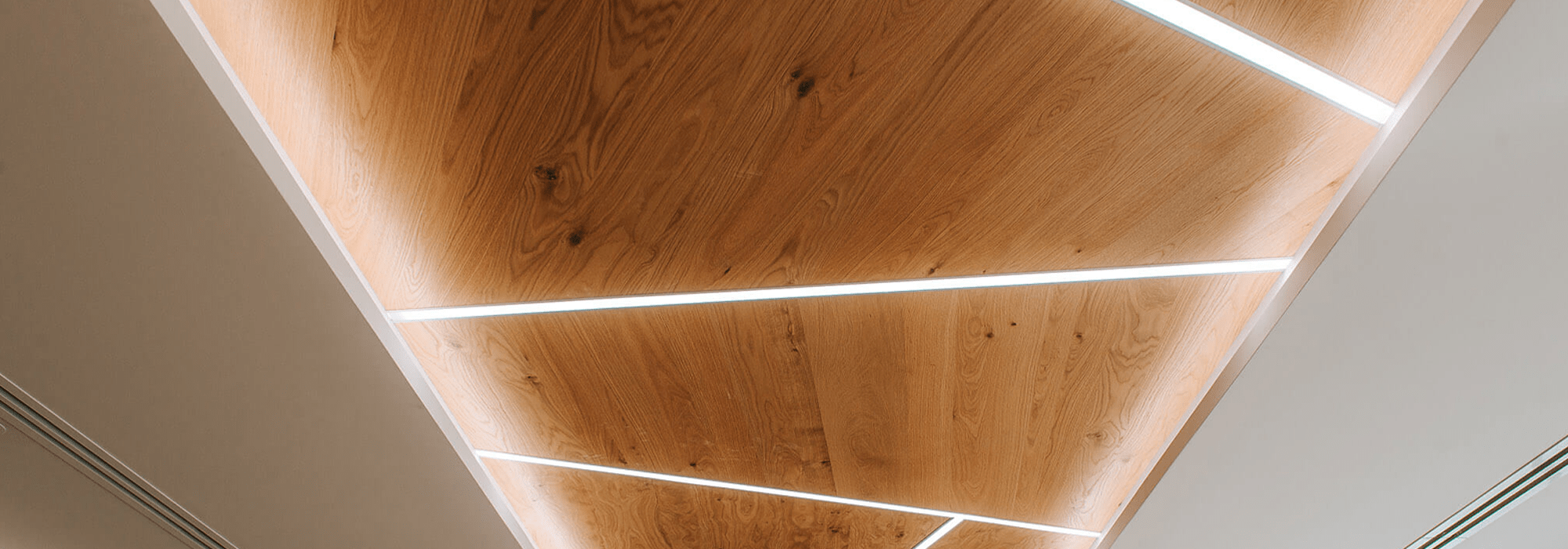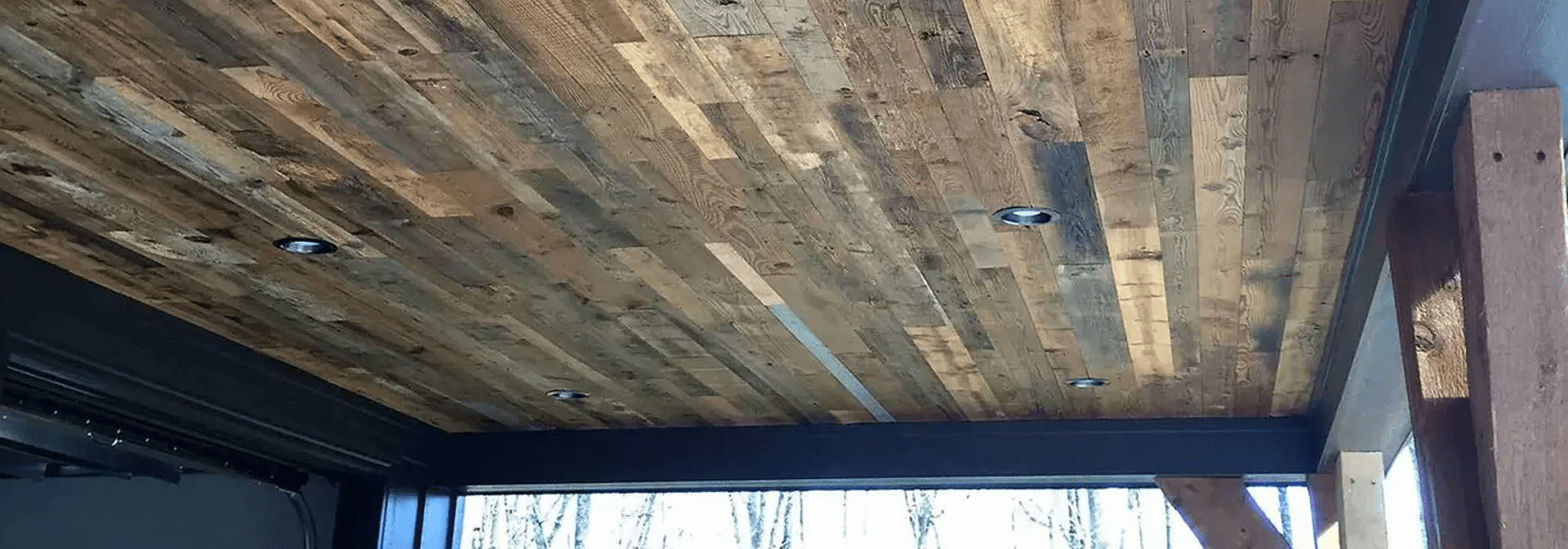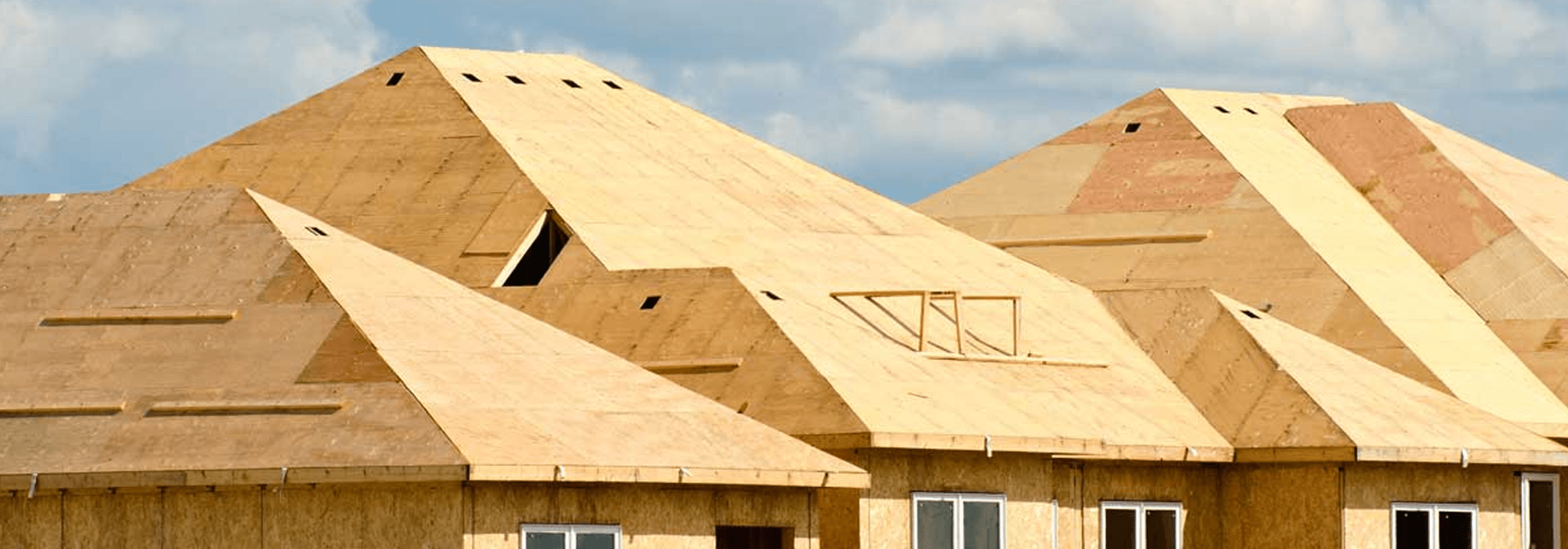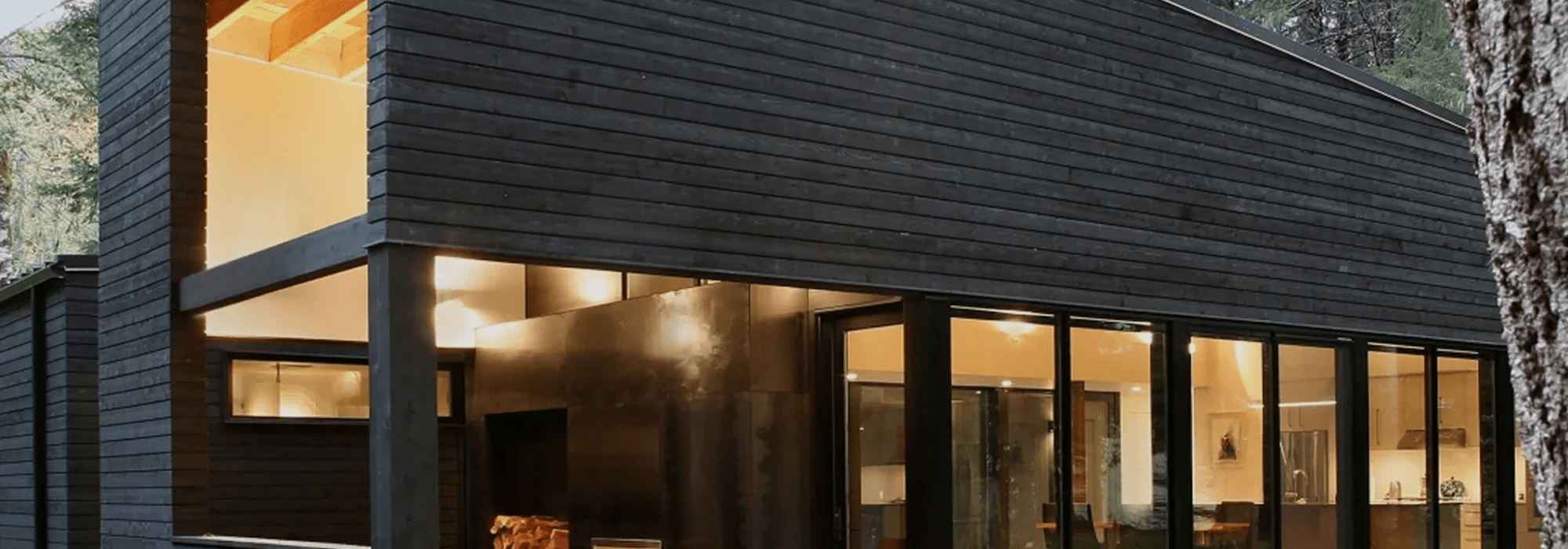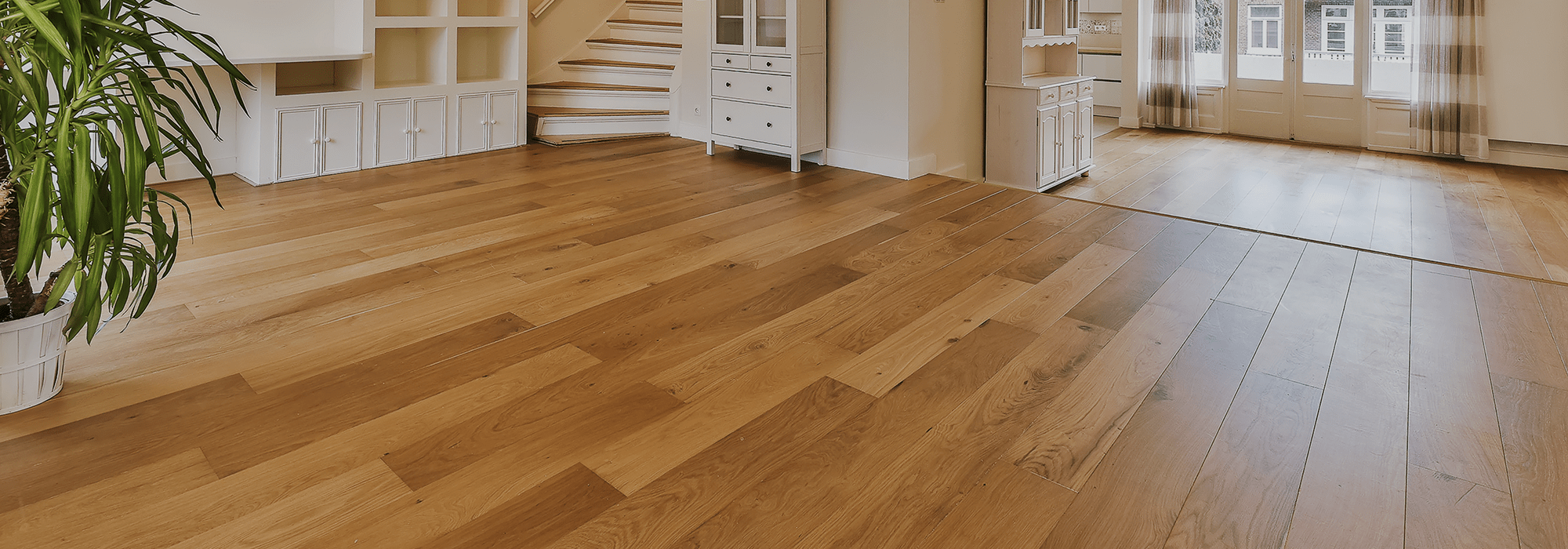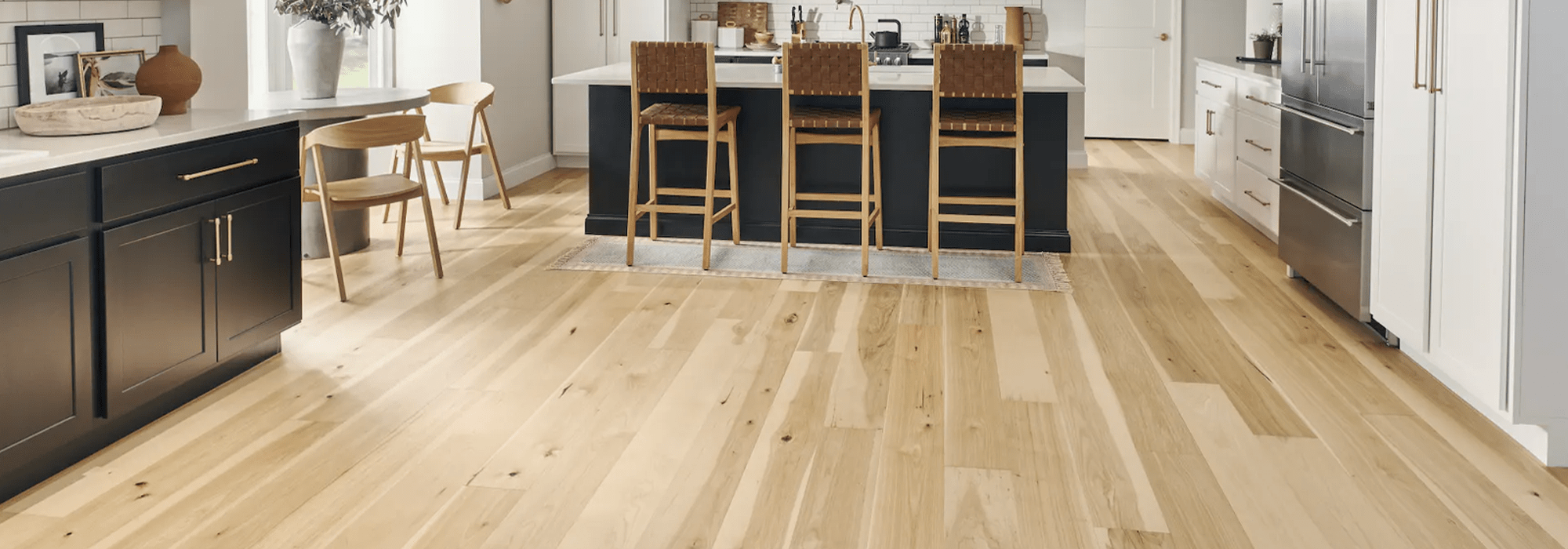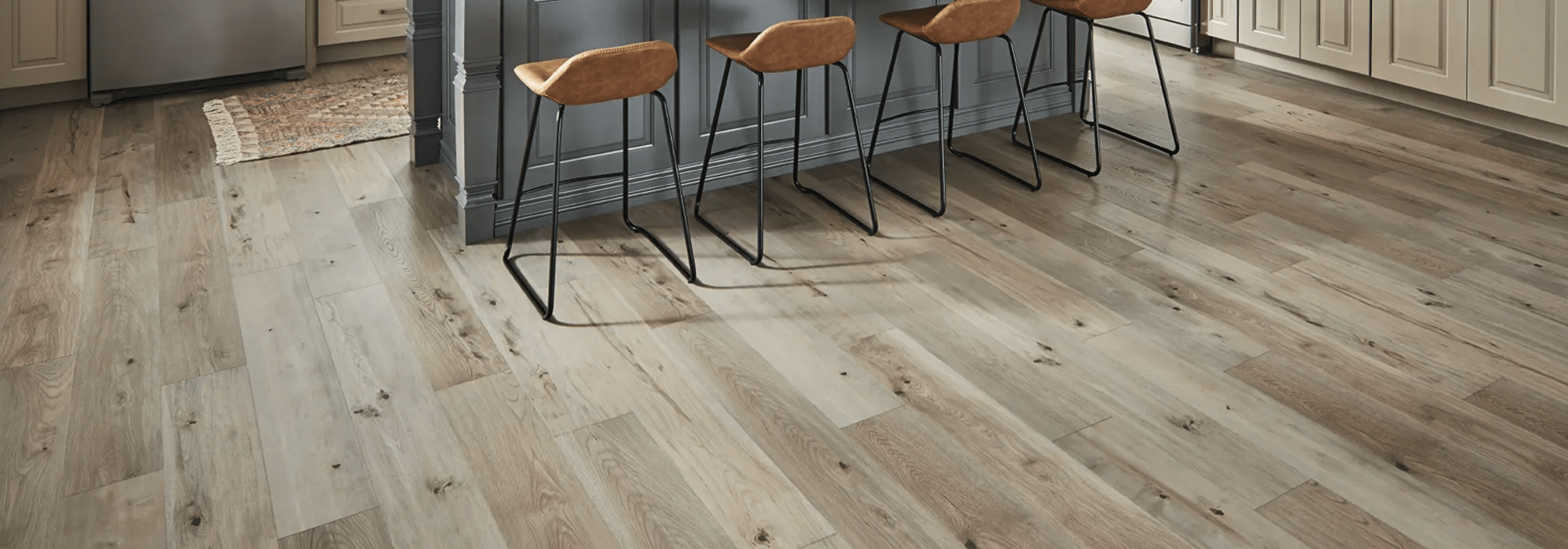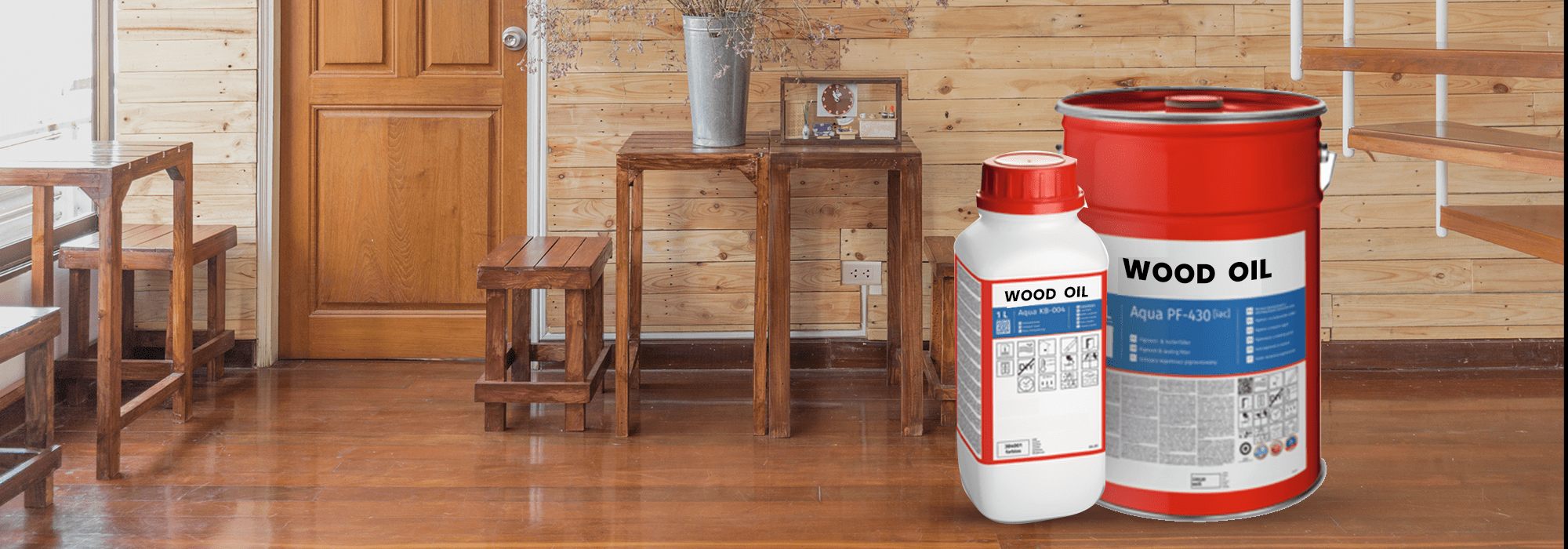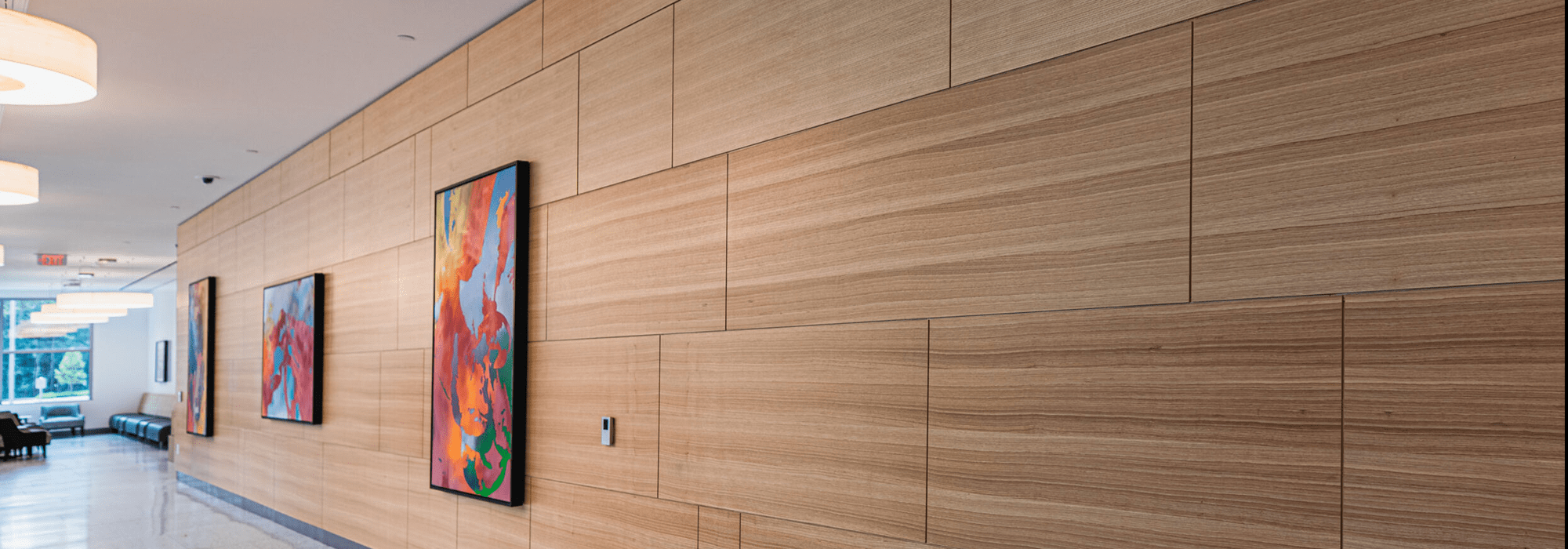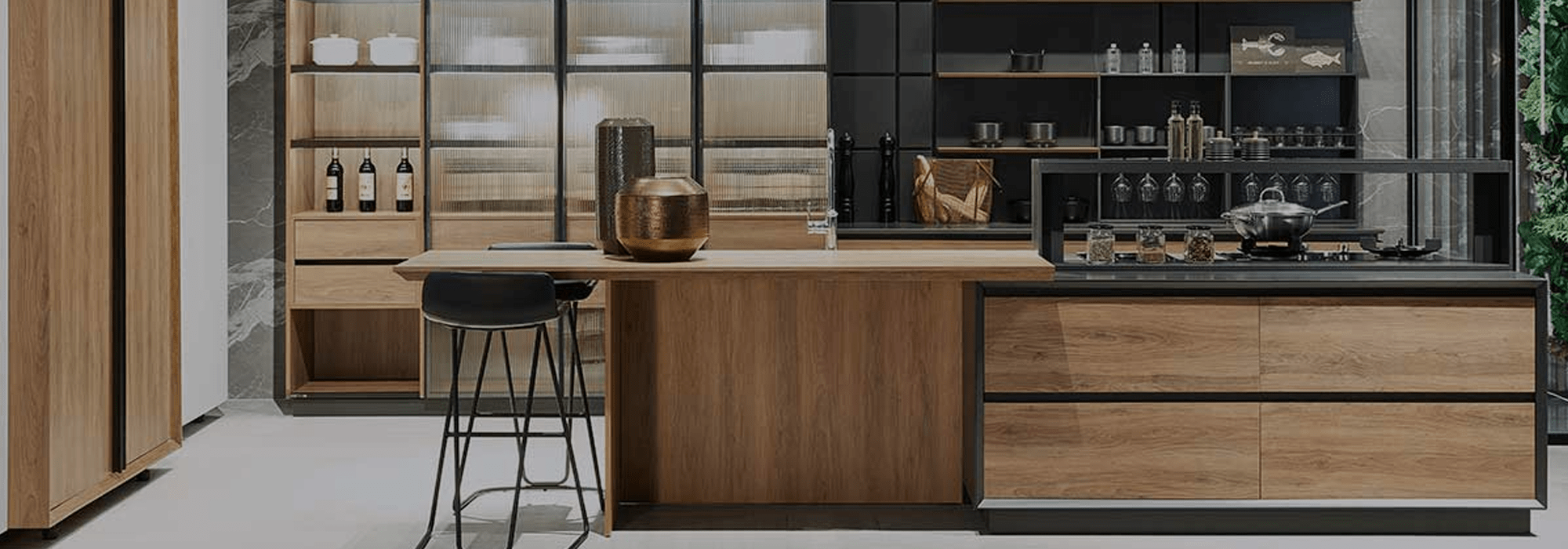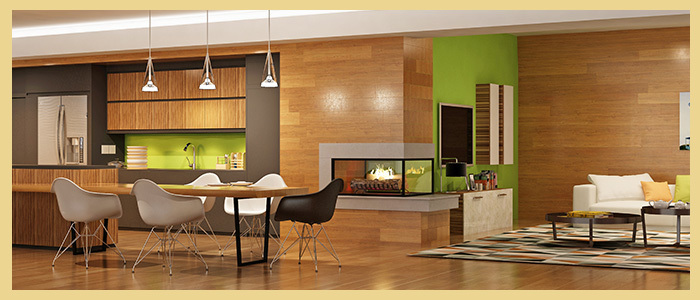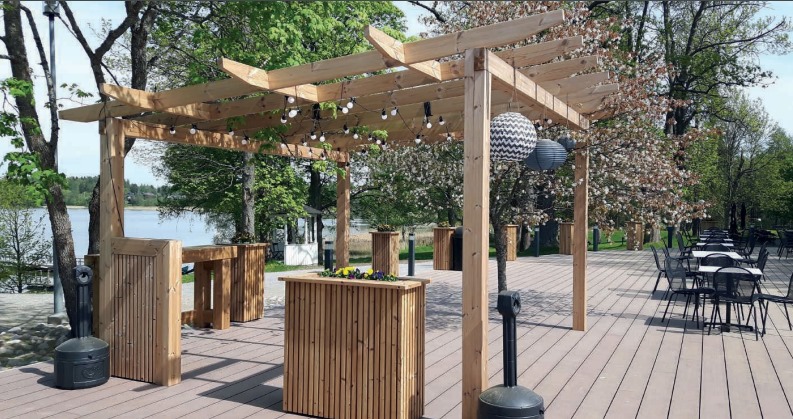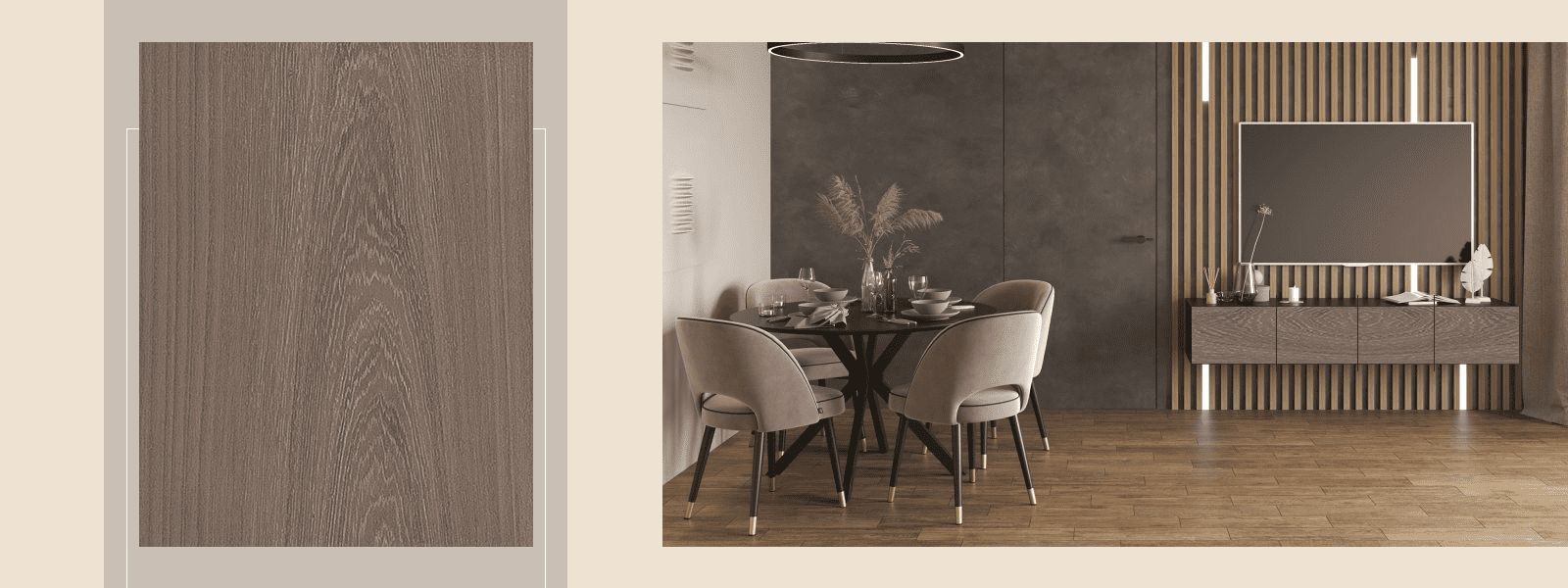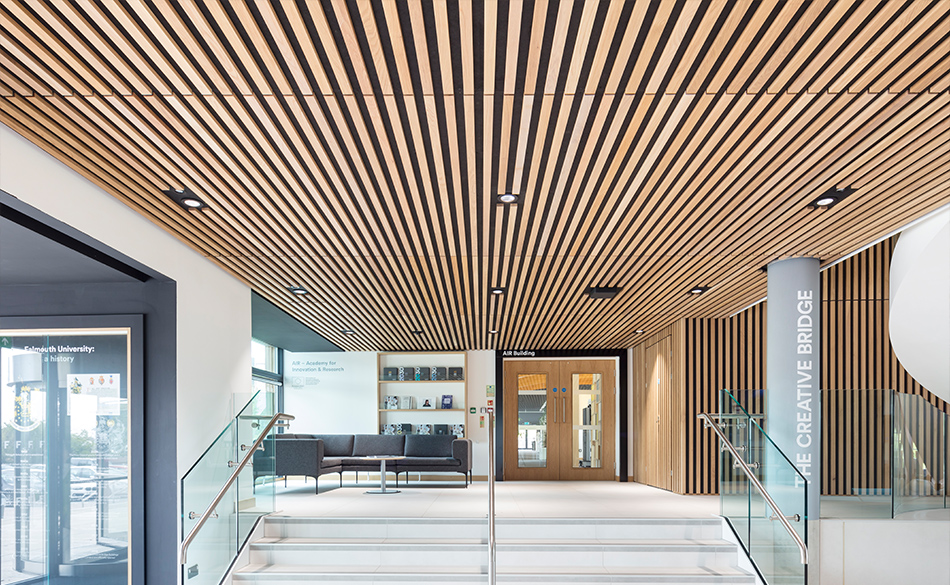Veneers are a popular choice in modern interior design, offering an elegant finish to furniture, cabinets, and other surfaces. When it comes to veneers, there are two main types: natural veneers and recon veneers also known as reconstituted veneer. While both serve the same purpose of enhancing the appearance of wood surfaces, they differ significantly in their composition, appearance, and manufacturing process.
Let’s know about the distinctions between natural and reconstituted veneers, exploring their characteristics, applications, and advantages.
Natural & Recon Veneers
Natural veneers are derived directly from real wood. They are obtained by slicing thin layers from the surface of logs, typically using advanced cutting techniques to ensure consistency in thickness and grain pattern.
Natural veneers retain the inherent beauty and unique characteristics of the wood species from which they are sourced. Varieties such as natural teak veneer exhibit the rich colors, textures, and grains found in authentic wood, lending a timeless appeal to interior spaces.
Recon veneers, also known as engineered or reconstructed veneers, are manufactured using a combination of real wood fibers, adhesives, and dyes. Unlike natural veneers, which are sliced directly from logs, reconstituted veneers are created by compressing these wood fibers into sheets, which are then dyed and laminated to mimic the appearance of natural wood species.
This process allows for greater control over color consistency and grain patterns, making reconstituted veneers an attractive option for achieving specific aesthetic preferences.
Characteristics of Natural & Recon Veneers
Natural veneers offer a genuine wood appearance, with variations in color, grain, and texture that reflect the natural beauty of the wood species. Each piece of natural looking veneers is unique, showcasing the distinct characteristics of the underlying wood.
Additionally, natural veneers age gracefully, developing a patina over time that enhances their authenticity and warmth.
Recon veneers are engineered to replicate the look of natural wood, offering a consistent appearance across multiple sheets. They are available in a wide range of colors and grain patterns, allowing for greater customization and design flexibility.
Unlike natural veneers, recon veneers are less susceptible to environmental factors such as moisture and temperature fluctuations, making them more stable and durable in certain applications.
Applications of Natural & Recon Veneers
Natural veneers are widely used in high-end furniture, cabinetry, wall paneling, and decorative accents. Their authentic wood appearance adds a touch of luxury and sophistication to interior spaces, making them a popular choice among designers and homeowners alike.
Natural veneers are also prized for their eco-friendly credentials, as they are derived from sustainably managed forests and contribute to the preservation of natural resources.
Recon veneers are versatile and can be used in a variety of applications, including furniture production, architectural millwork, and interior design projects. Their uniform appearance makes them particularly well-suited for large-scale installations where consistency is paramount.
Reconstituted veneers are also available in exotic wood species that may be rare or endangered in their natural habitat, offering a sustainable alternative without compromising on aesthetics.
Advantages of Natural Veneers
- Authentic appearance: Natural veneers showcase the true beauty of real wood, with rich colors and intricate grain patterns.
- Timeless appeal: The inherent warmth and character of natural veneers lend a timeless elegance to any interior space.
- Environmentally friendly: Natural veneers are sourced from renewable wood sources and contribute to sustainable forestry practices.
Advantages of Reconstituted Veneers
- Consistent quality: Reconstituted veneers offer uniformity in color and grain pattern, ensuring a cohesive look across multiple surfaces.
- Versatility: Reconstituted veneers are available in a wide range of colors and finishes, making them suitable for diverse design schemes.
- Durability: Recon veneers are engineered to withstand environmental factors and maintain their appearance over time.
Summing Up Words
Natural teak veneer and recon veneers each have their own unique qualities and advantages, catering to different design preferences and project requirements. Whether you prefer the authentic beauty of natural wood or the versatility of engineered veneers, both options offer an array of possibilities for enhancing the look and feel of interior spaces.
Understanding the differences between these two types of veneers will empower you to make informed decisions when selecting the ideal material for your next design project.
Frequently Asked Questions (FAQs)
Natural teak veneer are typically more expensive due to their authentic wood composition and unique characteristics.
Yes, reconstituted veneers can be stained or painted to achieve custom finishes and color effects.
Natural veneers may be susceptible to warping or splitting if not properly installed or maintained, whereas reconstituted veneers are more stable and resistant to such issues.
Both natural and reconstituted veneers can be sustainable, depending on the sourcing practices and manufacturing methods employed by the manufacturer.
While both types of veneers offer similar aesthetic benefits, their distinct characteristics and properties may make them more suitable for specific applications or design requirements.

